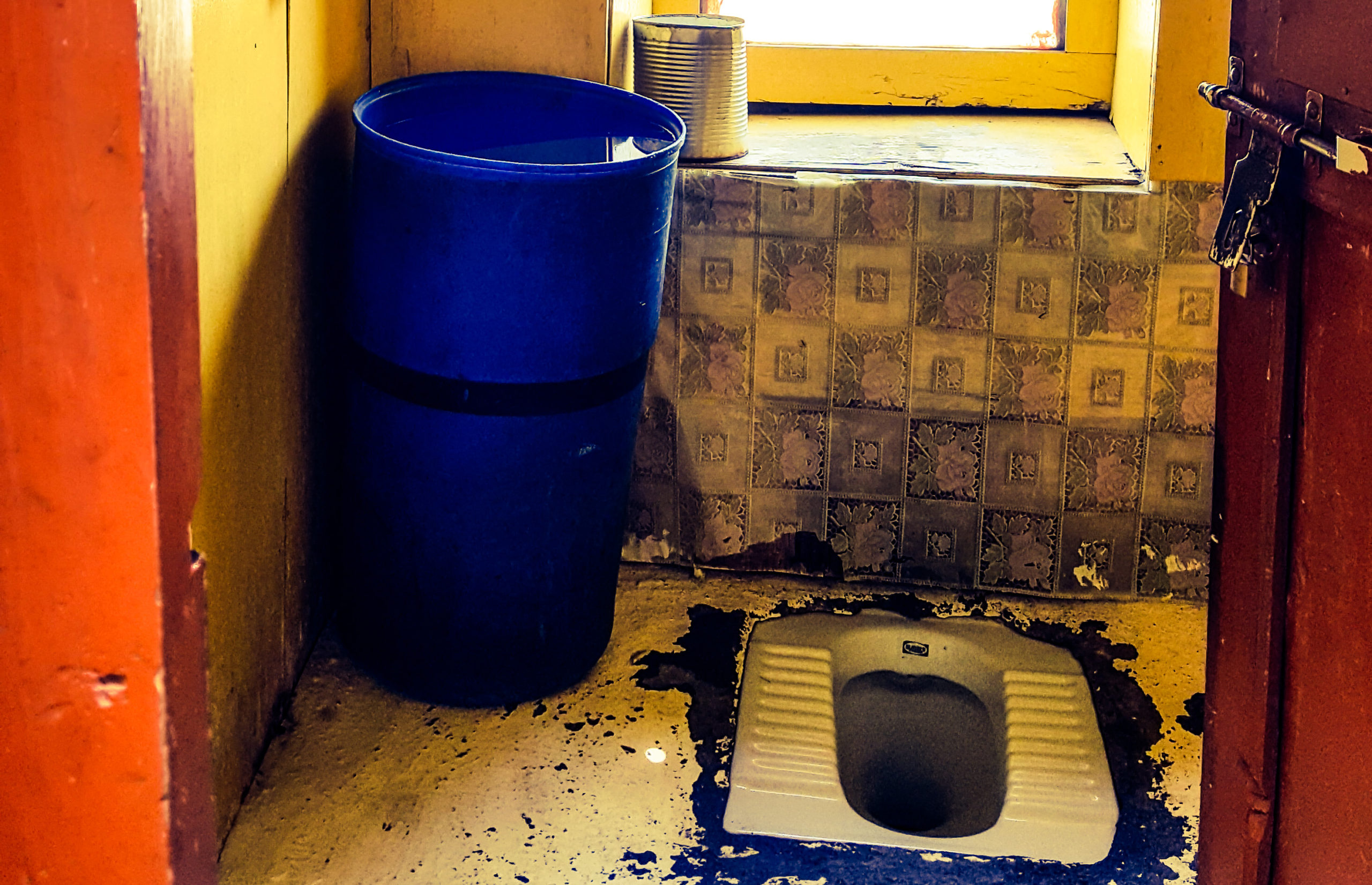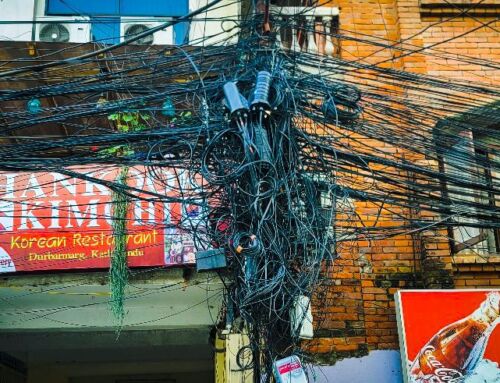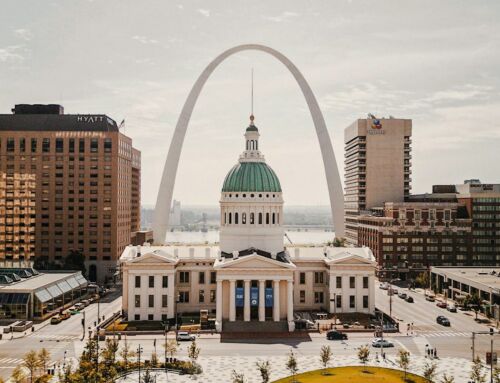View by Topic
Recent Articles
-
Federal Government Finalizes New Efficiency Standards for LightbulbsSaturday, April 13th, 2024
-
2024 IECC is Final After Addressing Preemption IssuesSaturday, April 6th, 2024
-
Settlement Portends Broad Failure in Attempts to Ban Natural GasSaturday, March 30th, 2024
-
SEC Climate Disclosure Rule Stay and Venue Now in the 8th CircuitSaturday, March 23rd, 2024
-
EV Charger Data ApocalypseSaturday, March 16th, 2024
View by Month/Year
“Green Building Law Update” Headlines
Recent Articles & News from
Stuart Kaplow’s blog
at GreenBuildingLawUpdate.com
- Shedding Light on the Future: The Evolution of Lightbulbs in the Wake of New Energy Efficiency Standards April 14, 2024
- 2024 International Energy Conservation Code is Final After Addressing Preemption April 7, 2024
- Settlement Portends Broad Failure in Attempts to Ban Natural Gas March 31, 2024
- SEC Climate Disclosure Rule Stay and Venue Now in the 8th Circuit March 24, 2024
Subscribe to the Green Building Law Update!
Stuart Kaplow brings his expertise and extensive experience to the table with his unique digital publication, "Green Building Law Update". Subscribers receive regular updates to keep them informed about important issues surrounding Environmental Law, Green Building & Real Estate Law, as well as the emerging demand for Environmental Social Governance (ESG).
Get fresh content through the lense of Stuart Kaplow's cutting-edge expertise, innovative commentary and insider perspective. Don't miss another issue! Subscribe below.

Can the EDGE Green Building System Save the Planet?
If you are regular reader of this website you are aware there has been a brief hiatus in postings. I have been climbing in the Himalayas in Nepal for the past month and, in fact, am composing this blog post sitting in the lobby of the Yak and Yeti hotel in Kathmandu, as I begin to make way home.
While Nepal is breathtaking, containing eight of the world’s ten tallest mountains, the country is landlocked to the north by China and to the south and east by India, and is a developing country with a low income economy, ranked among the poorest of the 187 countries in the U.N. Human Development Index.
Writing this post from Nepal, it seems appropriate to discuss EDGE.
EDGE, the acronym for “Excellence in Design for Greater Efficiencies” is a green building certification system for new residential and commercial buildings in emerging markets and developing countries. Yes, think “like LEED” for the other 70 percent of the world.
EDGE certification is available in over 120 countries around the globe, from Afghanistan to Zimbabwe and including Nepal, but not in developed nations like the U.S.
The photograph above from a popular tea house in Dingboche, Nepal depicts that LEED type notions of interior water use reduction (e.g., WaterSence flush toilets) and energy reduction (e.g., LED lighting) have little in any application for the majority of buildings in most developing counties where squat toilets with a bucket of water are the norm and the only illumination is daylight from a window.
EDGE was created by the International Finance Corporation, one of five organizations that comprise the World Bank Group. It has three component parts, including: Free web based software at www.edgebuildings.com, that is country and building type specific (ranking a project against typical similar buildings) and recommending specific measures to reduce energy and water use, including sophisticated databases and calculations that make separate energy modelling obsolete and even project dollar return on investment for specific contemplated design features.
Second, a new pass or fail green building standard for projects that are able to demonstrate 20% less energy (from efficient HVAC systems, superior glass, low-energy lighting, solar solutions, etc.) against the city specific prototype; 20% less water (from low-flow faucets, efficient water closets, recycled water systems, etc.); and, 20% less embodied energy in materials (from floor, roof, wall and window construction with low embodied energy).
And the third component is a third party EDGE certification system geared toward greater marketability. EDGE is new so there are few auditors today, but GBCI is a global certification partner for EDGE and the exclusive certification partner for EDGE projects in India. Certification will vary from country to country and is intended to be at affordable rates, but it is not yet clear that certification costs are low enough to encourage marketplace acceptance of EDGE certification.
Green building can save the planet, or at least the people on the planet. Today, significantly less than one percent of buildings in the U.S. are LEED certified and that percentage is obviously much smaller across the globe, so maybe the answer outside of the U.S. is EDGE? And while it is premature to reach grand conclusions with the small number of completed EDGE projects, possibly there is much to be learned, substantively and process wise, from the EDGE web based software about how to expand the green building market within the U.S.
20% less energy, 20% less water, and 20% less embodied energy in materials, in a large enough number of buildings, will save the planet.









